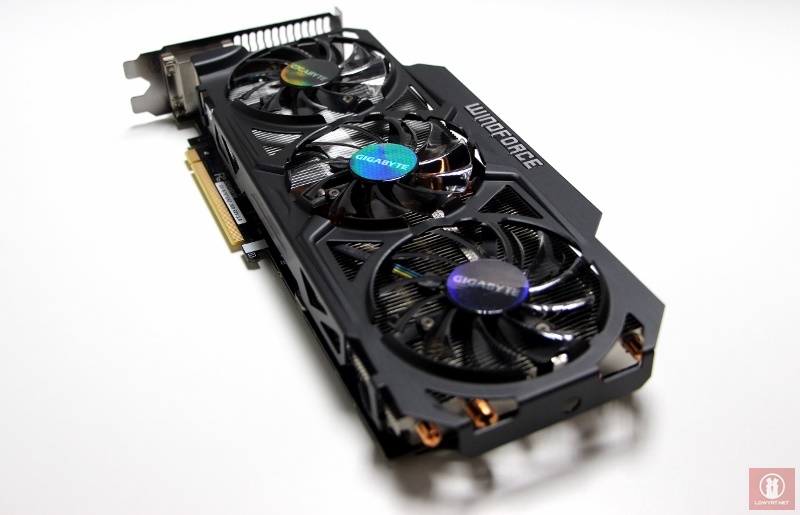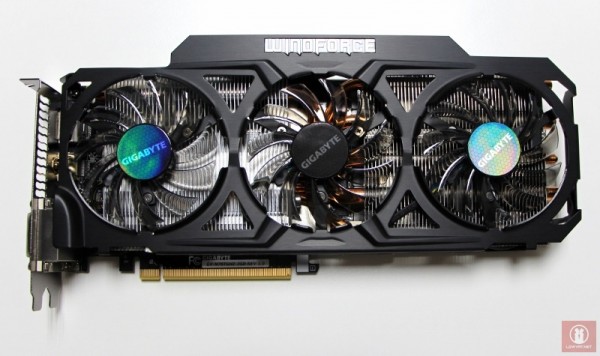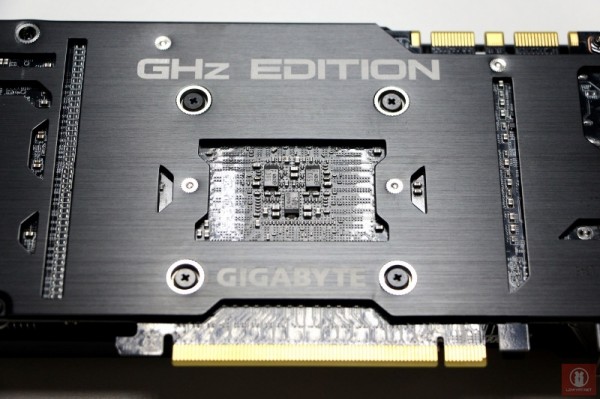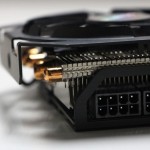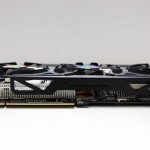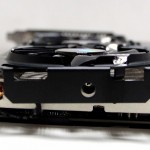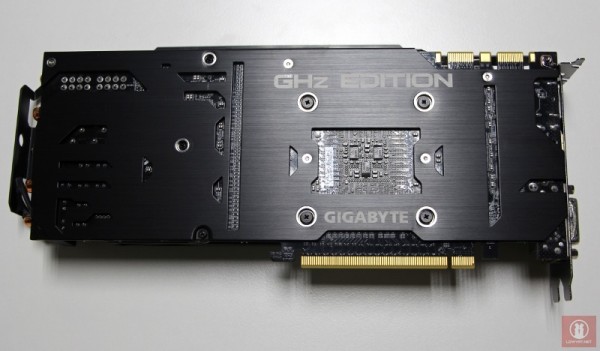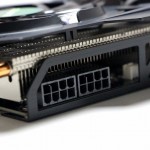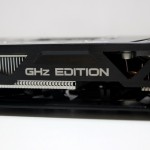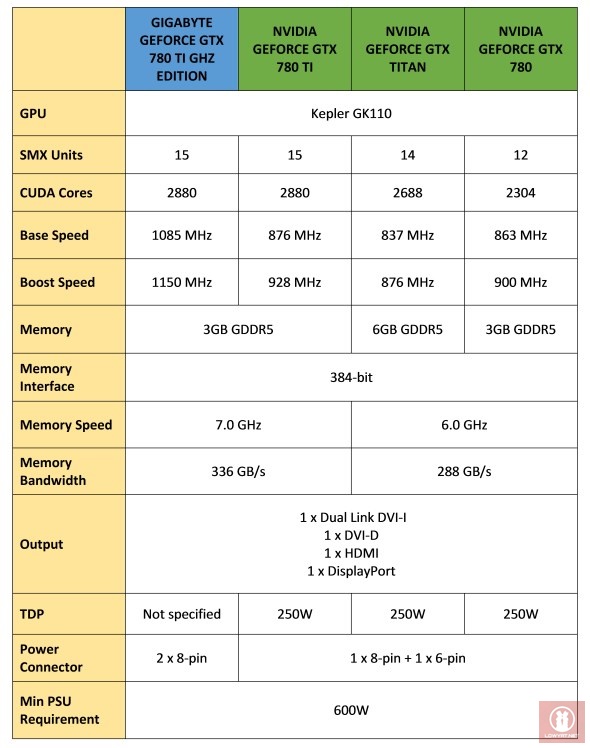Judging from the name alone, one might assume that the NVIDIA GeForce GTX 780 TI is positioned between GTX 780 and GTX Titan in the GeForce GTX 700 family of graphics card. However, the full technical specifications that were revealed last month showed that the GTX 780 TI is not only better than GTX 780 but also surpassed GTX Titan in certain areas even though all three were built using the same Kepler GK110 GPU.
One of the differences that made it possible for the GTX 780 TI to possess such capability is the fact that NVIDIA have actually equipped a fully unlocked version of GK110 GPU into GTX 780 TI. Hence, the GTX 780 TI comes packed with 15 SMX units which are equivalent to 2880 stream processors or CUDA cores as what NVIDIA like to call them.
NVIDIA’s CEO, Jen-Hsun Huang officially revealed the GeForce GTX 780 TI back in October. (Image: NVIDIA)
As a comparison, the amount of SMX/CUDA cores for GTX Titan and GTX 780 are listed at 14/2688 and 12/2304 respectively. Furthermore, the GPU speed of GTX 780 TI are also much higher than both Titan and 780 TI with a base clock of 875 MHz and boost speed of 928 MHz. Additionally, the memory speed and bandwidth of GTX 780 TI is also the highest of the bunch at 7 GHz and 336 GB/sec.
That being said, the GTX 780 TI does come short in terms of memory configurations since it only has 3 GB worth of GDDR5 memory which is similar to GTX 780 while GTX Titan has double the amount at 6 GB. Nevertheless, it didn’t stop NVIDIA from calling the GTX 780 TI as the best gaming GPU in the world (for now).
While the basic specifications of GTX 780 TI already look quite impressive on paper, it seems like the folks at GIGABYTE somehow are not contend with them and then decided to push the envelope a little bit further. The result? Say hello to the new GIGABYTE GTX 780 TI GHz Edition graphics card.
How different is this graphics card as compared to NVIDIA’s reference design then? Well, hit on the Read More link below (if available) to find out more.
First, let’s look at the visible traits. For the GTX 780 TI GHz Edition, GIGABYTE ditched NVIDIA’s standard single-fan thermal solution in favour of the company’s own Windforce 3X 450W cooling system. The custom setup is made of triangular-shaped fins arrangement that GIGABYTE dubbed as “Triangle Cool” technology and three inclined fans together with two 8mm and four 6mm cooper heat pipes.
According to GIGABYTE, the Windforce 3X 450W thermal solution is designed helps increased the air flow and minimize the turbulences between the fans which lead to increased level of heat dissipation. With cooling capacity that is rated (and guaranteed by GIGABYTE) at 450W, the solution also provides the card with higher thermal headroom that subsequently enables NVIDIA GPU Boost 2.0 technology within the GPU to perform better than the reference design.
GIGABYTE have also added a full-length back plate on the GTX 780 TI GHz Edition to reinforce the card’s overall structure as well as to provide extra protection to the components at the back of the card. Not to forget, the card also utilizes two 8-pin PCIe power connectors instead of the standard combo of 8-pin and 6-pin connectors that NVIDIA uses for their GTX 780 TI reference design.
While GIGABYTE still manage to fit all these custom implementation into the standard dual-slot form factor, the GTX 780 TI GHz Edition is slightly longer and wider than NVIDIA’s reference design. As per official specification sheet, GIGABYTE’s card length and width is listed as 292mm and 129mm respectively while the reference design comes at 266.7mm and 111.15mm.
Apart from implementing their own thermal solution, GIGABYTE have also increased the clock speed of GTX 780 TI GPU inside their GHz Edition graphics card by around 19-percent with the base clock speed is listed as 1085 MHz while the boost speed goes up to 1150 MHz. However, the card’s memory clock speed remains the same as per NVIDIA’s reference design at 7 GHz.
Here is a quick summary of the differences and similarities between GIGABYTE GTX 780 TI GHz Edition and the reference design of other NVIDIA’s GK110-based GeForce GTX 700 cards:
With all these numbers considered, what kind of performance that the GIGABYTE GTX 780 TI GHz Edition is able to provide to users then? Well, we will try to answer that question in the second part of this review coming your way very soon. So, stay tuned.
At the moment, GIGABYTE have yet to reveal the official release date and pricing of GTX 780 TI GHz Edition for Malaysian market. GIGABYTE GeForce GTX 780 TI GHz Edition review unit is courtesy of GIGABYTE Technology Co. Ltd.
Follow us on Instagram, Facebook, Twitter or Telegram for more updates and breaking news.


